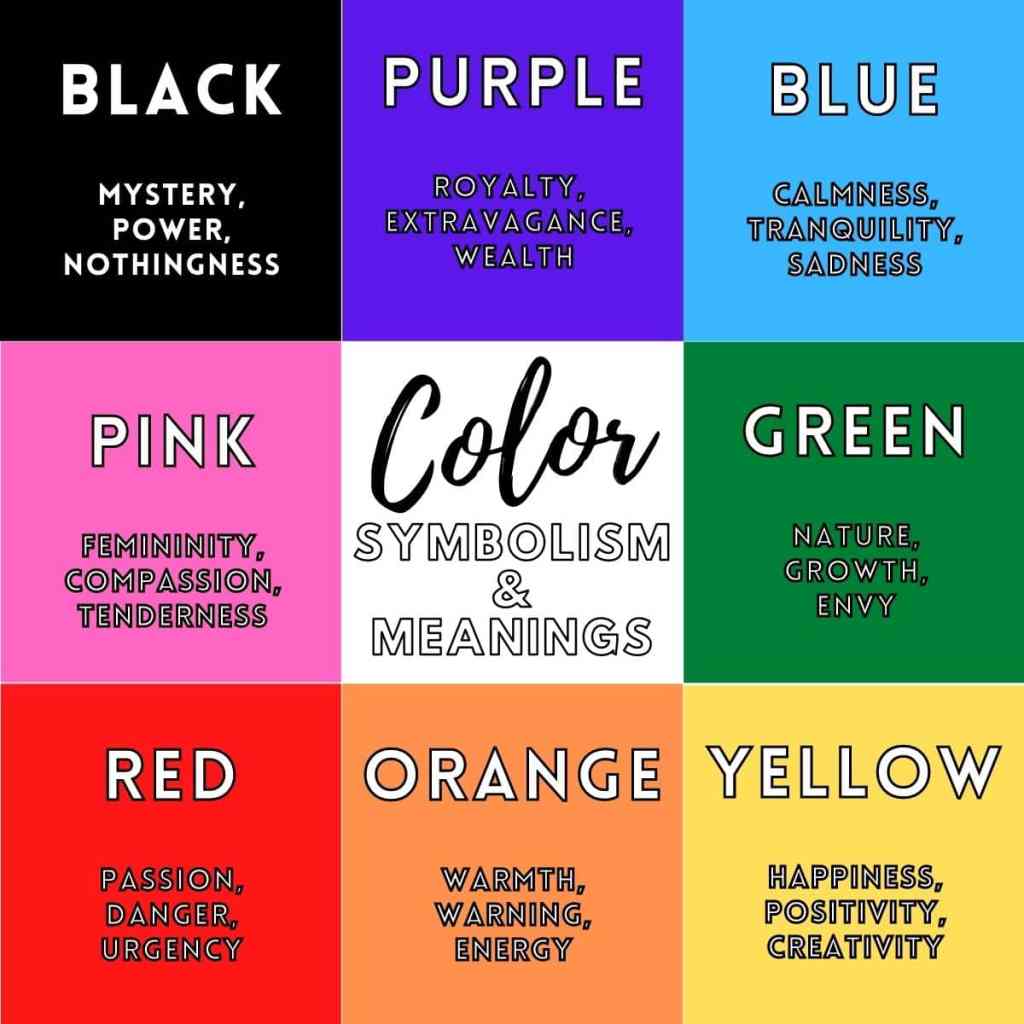Symbolism interpretation is a powerful tool used in literature, art, and various forms of expression to convey deeper meanings and provoke thought. In an alternative schooling setting, where creativity and critical thinking are often prioritized, understanding symbolism can enhance students’ ability to analyze texts and artworks with a more nuanced perspective.
One key aspect of symbolism interpretation is recognizing that symbols can have different meanings depending on the context in which they are used. For example, the color red may symbolize love in one story but signify danger or anger in another. This flexibility allows for rich layers of meaning to be conveyed through symbols, adding depth to the overall message being communicated.
In an educational setting, teachers can encourage students to explore symbolism by asking open-ended questions that prompt them to think critically about why certain symbols were chosen by the creator. By delving into the possible interpretations of these symbols, students not only sharpen their analytical skills but also develop empathy and a better understanding of different perspectives.
Furthermore, engaging with symbolism can foster creativity among students as they learn how to incorporate symbolic elements into their own creative work. By experimenting with various symbols and exploring their potential meanings, students can deepen the themes and messages present in their writing or artwork, making their expressions more impactful and thought-provoking.
Overall, incorporating symbolism interpretation into alternative education curriculums can empower students to engage with texts and artworks on a deeper level while honing their critical thinking skills. By encouraging them to explore the multiple layers of meaning embedded within symbols, educators can help cultivate a richer understanding of complex ideas and foster a lifelong appreciation for creative expression.

Leave a comment